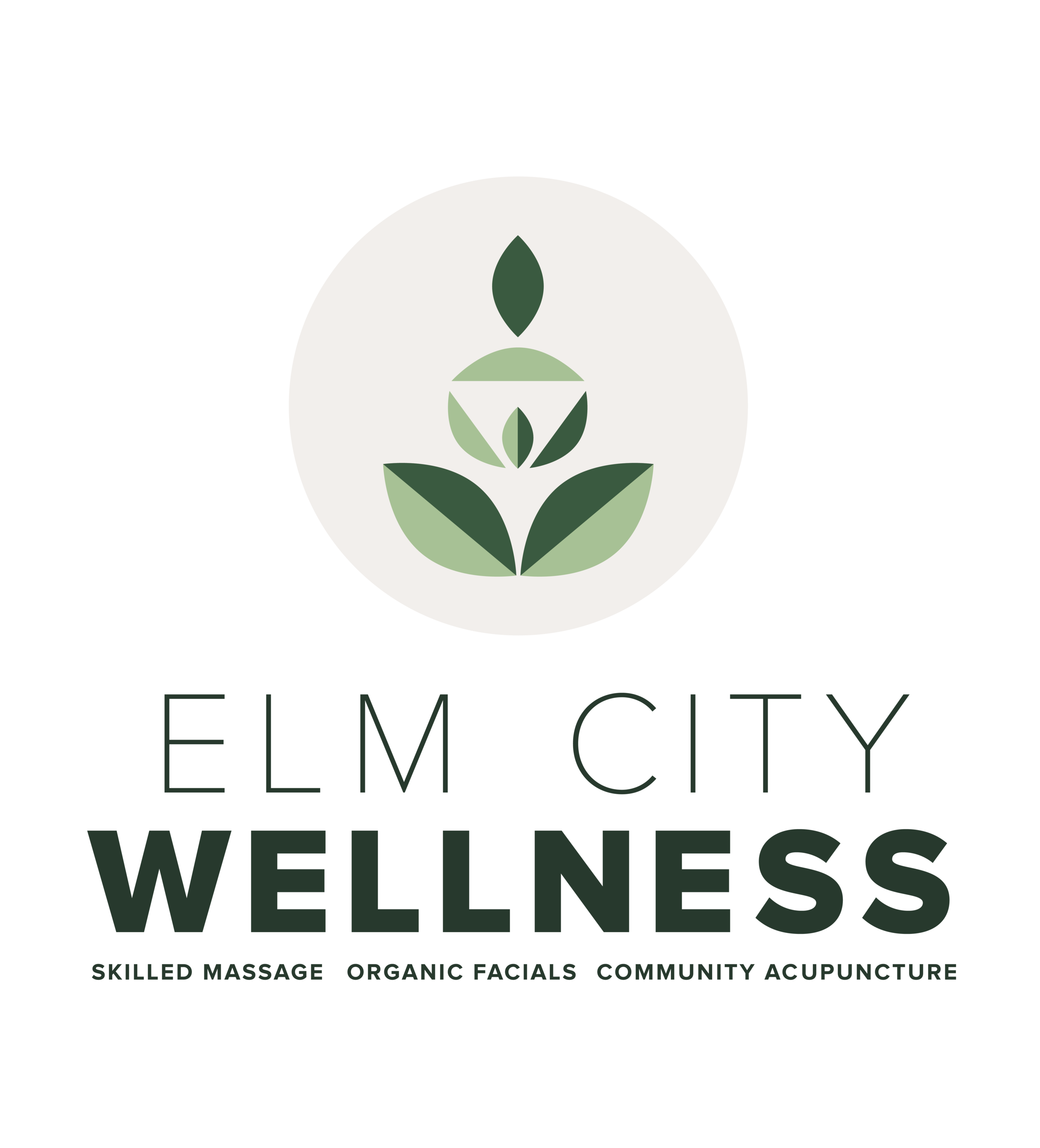Oncology Massage
Our oncology-certified therapists combine a thorough intake process with sound clinical judgement and clear communication about what to expect in the session.
Our licensed Massage Therapists, adapt their massage to your needs and requests, fashioning a hands-on session that relaxes, energizes and reduces pain and discomfort.
Massage has many benefits for people living with cancer. A few are listed below. We know some of these from clinical observations, some from controlled research, and some from what clients tell us directly.
Massage Reduces Anxiety
Many clients report being less anxious in general when receiving regular massage. In particular, clients in cancer treatment state that massage eases anxiety before and during uncomfortable procedures and interventions. Research literature reports that massage helps anxiety in patients with cancer and other populations. In repeated studies of various populations, including people with cancer, massage helps reduce depression, as well.(1)
Massage Eases Pain
Recipients of massage therapy express less cancer-related pain, treatment-related pain, and pain related to muscle tension. They claim that massage helps “take the edge off” of acute pain and in some cases relieve it entirely. Although the direction of evidence suggests massage is effective for pain relief, (2), (7) more study is needed to firmly establish the role of massage in pain relief for people with cancer.(3)
Massage Helps Control Nausea
Gentle massage has been shown to reduce nausea in inpatients receiving autologous bone marrow transplant. (4)
In a pilot nursing study, stimulation of acupressure points has been suggested to reduce nausea in patients in chemotherapy.(5)
A small study suggested that massage helped decrease medical costs of managing nausea and vomiting.(6)
Massage may be a viable, low-cost approach to minimizing this difficult side-effect of medication.
Massage Improves Sleep and Eases Fatigue
Again and again, clients tell their massage therapists that massage improves their energy level and helps them sleep better, and clients in cancer treatment are no exception. But sleep can be especially hard to come by during cancer treatment, and cancer fatigue is common and poorly understood—a difficult symptom to treat. People in treatment, often with a high degree of symptom distress, are especially in need of good sleep. At least one study shows massage facilitates sleep.(7)
Massage cannot Spread Cancer
Massage of a solid tumor site should be avoided, but there is more to a person than a tumor site.
An old myth warned that massage could, by raising general circulation, promote metastasis, since tumor cells travel through blood and lymph channels. We now recognize that movement and exercise raise circulation much more than a brief massage can, and that routine increases in circulation occur many times daily in response to metabolic demands of our tissues. In fact, physical activity usually is encouraged in people with cancer; there is no reason to discourage massage or some form of skilled touch. Massage is practiced widely at the Dana-Farber Cancer Institute, Memorial Sloan-Kettering, and growing numbers of hospitals around the country. Metastasis is not a concern; instead, patients and researchers report countless benefits.
References
Lawvere, S, “The effect of massage therapy in ovarian cancer patients,” in Rich, GJ, ed. Massage Therapy: The Evidence for Practice. Edinburgh: Mosby, 57-83, 2002.
Also in Ahles, TA et al., “Massage Therapy for Patients Undergoing Autologous Bone Marrow Transplantation,” Journal of Pain and Symptom Management 18:157-63, 1999.
Also Field, T. et al., “Massage Reduces Anxiety in Child and Adolescent Psychiatric Patients,”Journal of the American Academy of Child and Adolescent Psychiatry 31(1):125-131. Ahles et al. (above), Wilkie, DJ et al., “Effects of Massage on Pain Intensity, Analgesics and Quality of Life in Patients with Cancer Pain: A Pilot Study of a Randomized Clinical Trial Conducted within Hospice Care Delivery,” Hospice Journal 15:31-53, 2000.Grealish, L et al., “Foot massage: a Nursing Intervention to Modify the Distressing Symptoms of Pain and Nausea in Patients Hospitalized with Cancer,” Cancer Nursing 23:237-43, 2000.
Weiger, WA et al., “Advising Patients who Seek Complementary and Alternative Medical Therapies for Cancer,” Annals of Internal Medicine 137:889-903, 2002.
Ahles et al, above.
Dibble, SL et al., “Acupressure for Nausea: Results of a Pilot Study,” Oncology Nursing Forum 27(1):41-47, 2000.
Lively, BT et al., “Massage Therapy for Chemotherapy-Induced Emesis,” in Rich, GJ, ed. Massage Therapy: The Evidence for Practice. Edinburgh: Mosby, 85-104, 2002.
Smith, MC et al., “Outcomes of Therapeutic Massage for Hospitalized Cancer Patients,”Journal of Nursing Scholarship 34(3): 257-262, 2002.
Rates quoted in 30/60/90-minute sessions
$60/$100/$140
Massage Therapy at Yale Smilow Cancer Hospital
Currently, we are not offering outcall Oncology Massage to admitted patients at Yale New Haven Smilow Cancer Hospital.
Call (203) 691-7653 to schedule a visit from one of our Oncology-certified massage therapists at our Orange Street or Hamden Satellite Office.
Can Acupuncture help reduce Cancer pain & other side effects?
The Value of Acupuncture in Cancer Care
Recent advances in acupuncture clinical research suggest that acupuncture may provide clinical benefit for cancer patients with treatment-related side effects such as nausea and vomiting, post operative pain, cancer related pain, chemotherapy-induced leukopenia, postchemotherapy fatigue, xerostomia, and possibly insomnia, anxiety and quality of life (QOL)



